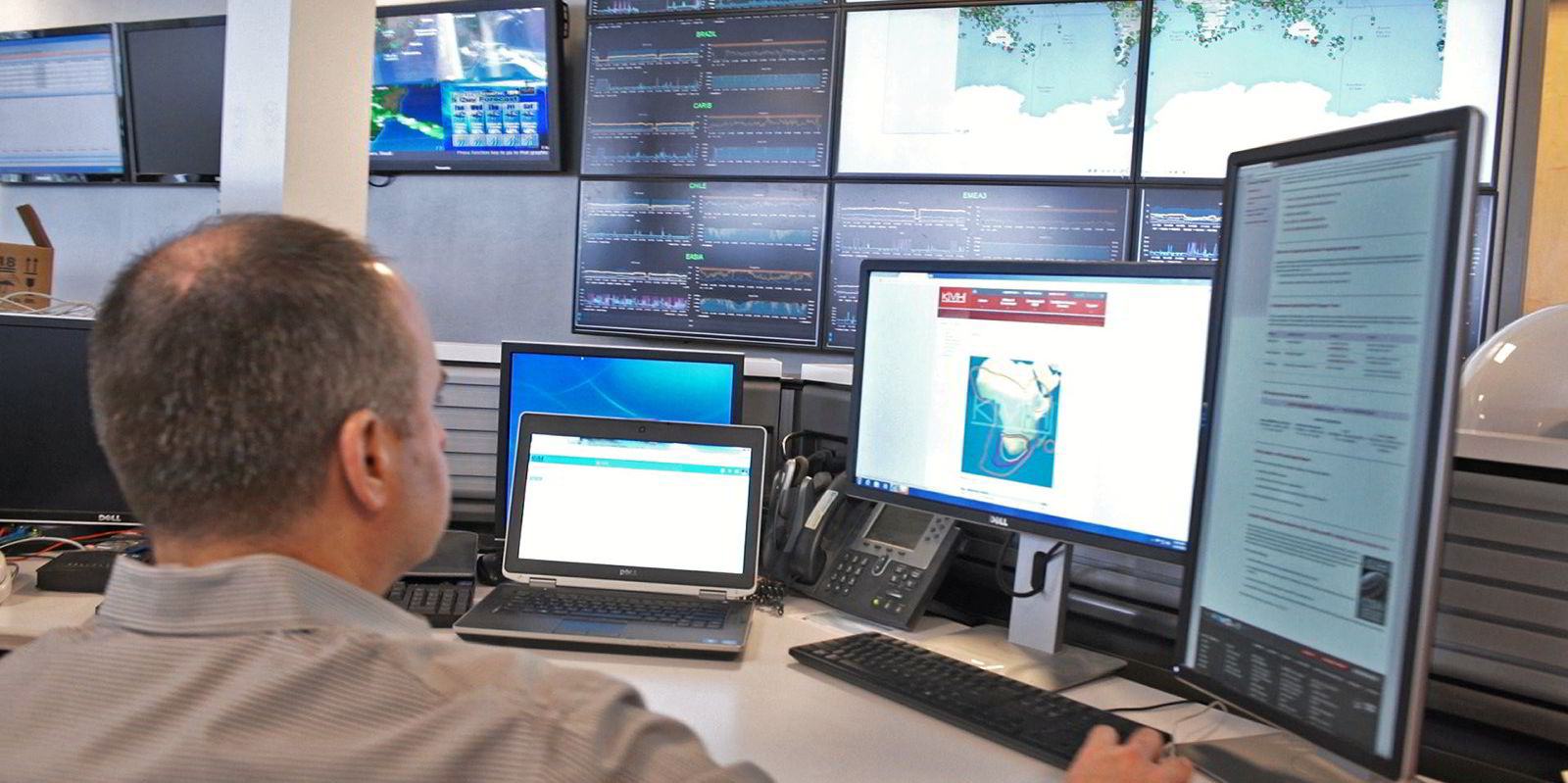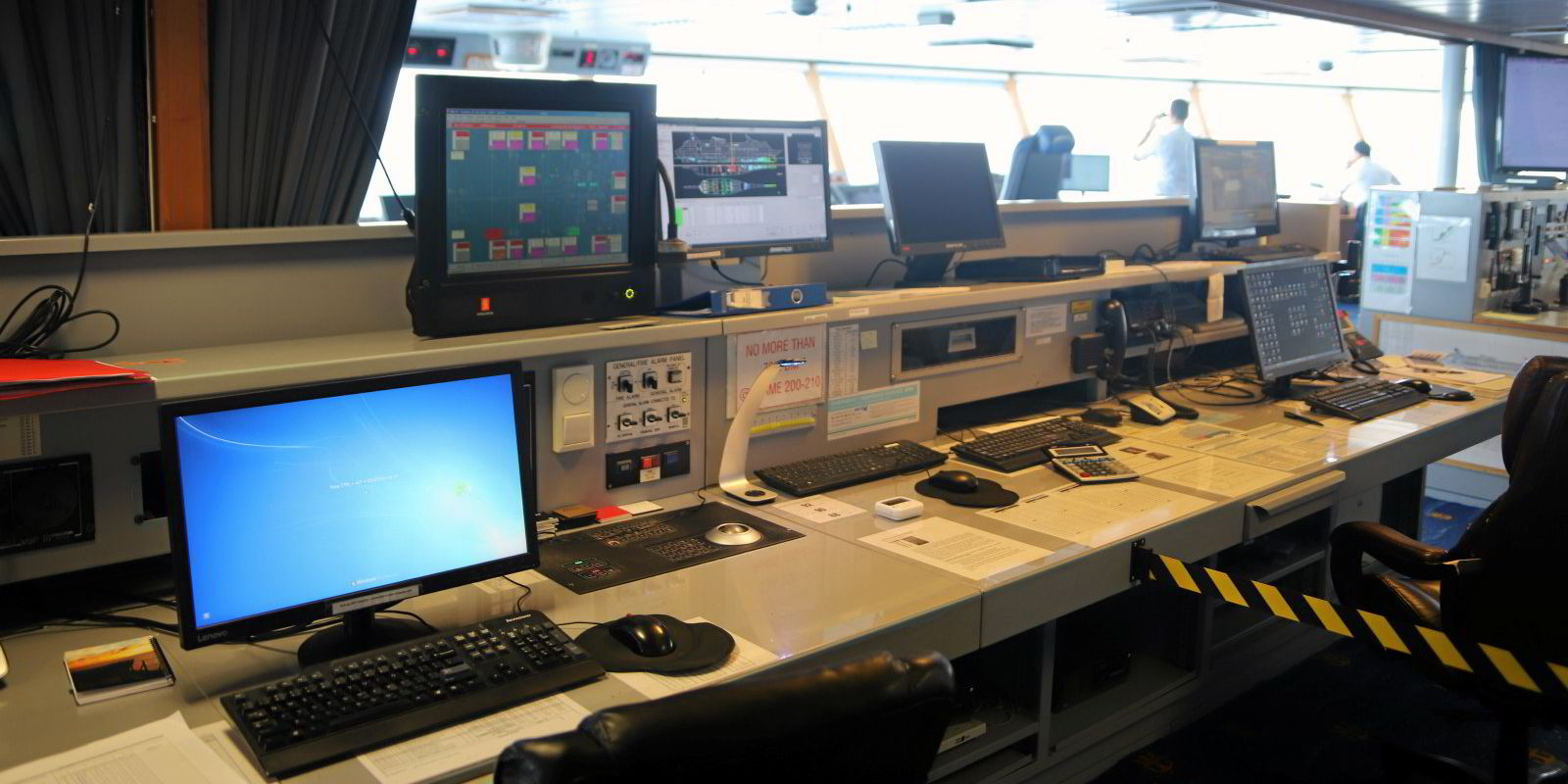Price competition from low earth orbit (LEO) satellite networks is likely to be aimed at very small aperture terminal (VSAT) sales leader KVH Industries and Inmarsat's older Fleet Broadband users.
But KVH chief executive Martin Kits van Heyningen is unconcerned after two consecutive quarters of record sales mean it has now shipped a total of 12,500 terminals.
"The pandemic woke people up to the importance of remote work and connectivity, and that translated into demand for ships at sea. A lot of older equipment was suitable for voice and email but too slow to be used for modern communications and things like video conferencing," he told TradeWinds.
The roll-out of LEOs will in time give KVH opportunities to buy extra bandwidth in areas where it may need it.
But Kits van Heyningen claimed there is a drawback of upcoming rivals such as Starlink and OneWeb.
"LEOs are the most expensive way to deliver satellite connectivity services on earth," he said.
"It is not a lower cost solution, it is a lower latency solution."

It could cost up to $10bn, McKinsey estimates, to build a network of hundreds of LEO satellites. Just three geostationary satellites can cover the entire globe, albeit each GEO may cost $200m.
Kits van Heyningen believes it will take a few years for Starlink to launch enough satellites with inter-links that allow them to connect with each other and provide maritime services. In the meantime, the complexities of connecting from one satellite to another as ships move add to LEOs' limitations.

KVH started in leisure, moved into defence and now commercial maritime sales make up about 80% of its satellite communications revenue.
Its core service, Agile Plans, involves VSAT installation, maintenance and provision of the connectivity for a ship’s IT structure and its voice and content services for a single fixed fee, said Kits van Heyningen.
KVH also provides an internet of things (IoT) service, called KVH Watch, which bundles in cyber security and connectivity to on-board digital systems.
"Decarbonisation monitoring is going to drive a lot of demand. It is why we are keen on investing in the IoT space as more complex data needs to be transmitted to the cloud," he said.
Kits van Heyningen accepts KVH does not want to be a fixed-price provider in an "unlimited all you can eat" market but said, in its experience, operators are not paying less, but buying more connectivity.
"In the old days when Inmarsat was a monopoly, you were paying $25 per megabyte. Now you are paying $20 per gigabyte — but it’s never been a very large percentage of a ship’s operating budget," Kits van Heyningen added.





